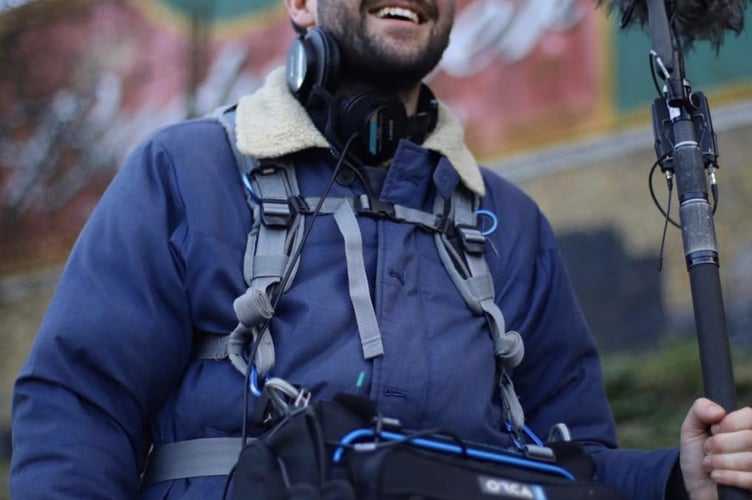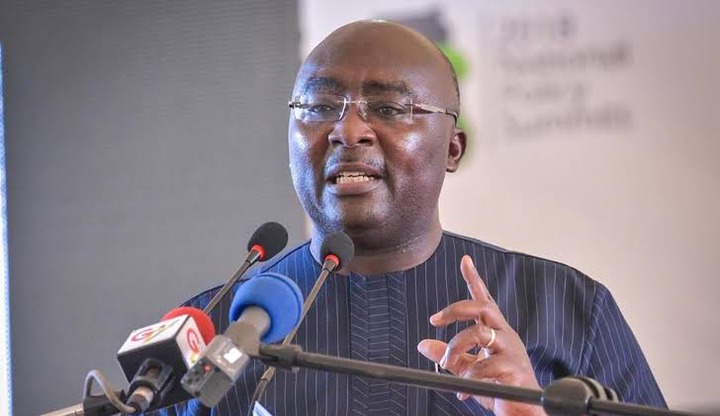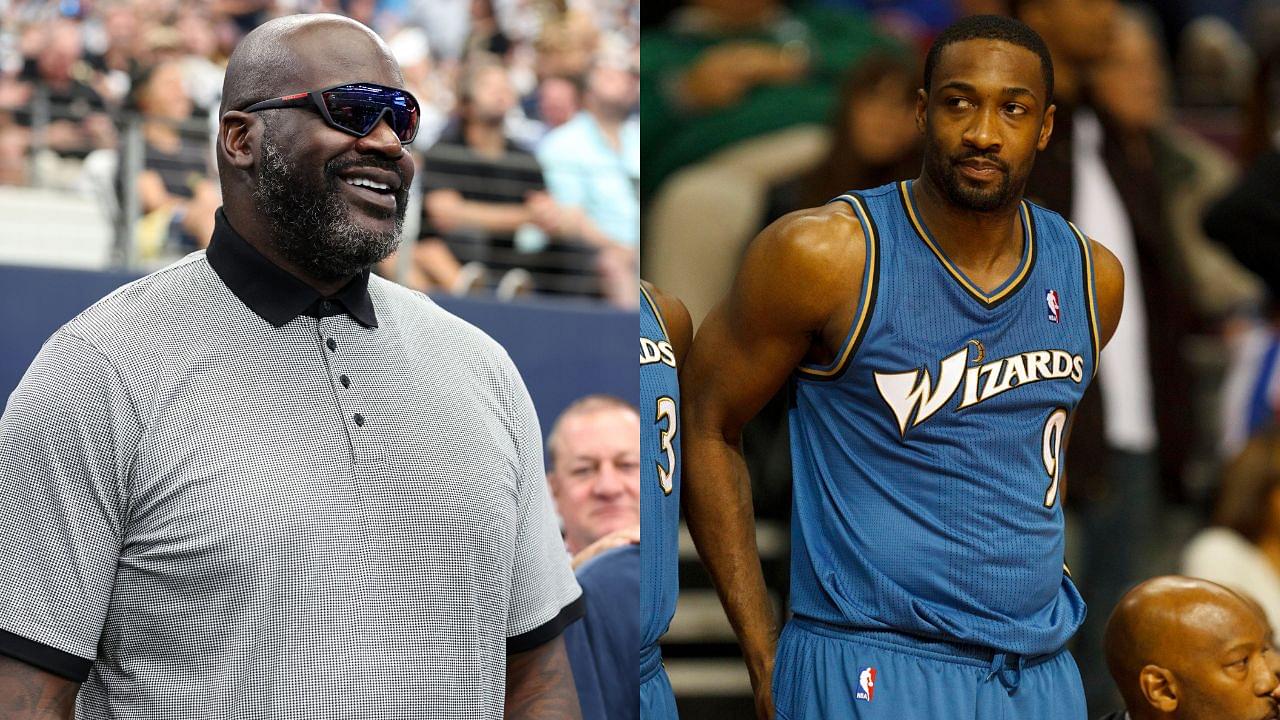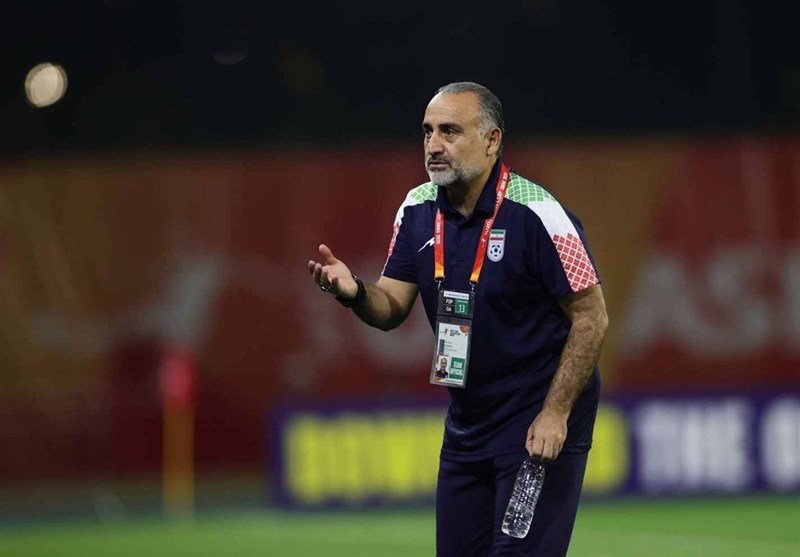
Chip Kelly is adamant that he’s changed from who he was when he flamed out as an NFL head coach nearly a decade ago. The Las Vegas Raiders’ new offensive coordinator wouldn’t be here if he didn’t adapt as football continued to evolve. “Going from those five-wide (formations), fast, no-huddle, breakneck speed, shiny helmets to getting in a huddle and playing with 12 personnel is a little bit different,” Kelly said earlier this month.
Advertisement It should help with his transition that there’s more overlap between college football and the NFL than ever before, both in terms of schematics and the flow of the game. The addition of a two-minute warning and offenses running fewer plays on average in college have made things more similar to the professional level. One major remaining difference is that the hashmarks on the field are wider in college, which creates more space for an offense to operate, but the overall adjustment isn’t as drastic as it once was.

And, of course, the objective remains the same. Kelly’s here to help the Raiders offense put up points, something it has struggled to do since 2022. How he does it will depend on what the Raiders do at quarterback.
“You have to look at what is available to you, whether it’s through the draft or through free agency, or on the current roster. And then, what are their strengths and how do we design our offense around their strengths?” Kelly said. “It has to be designed around how the quarterback plays, so I think it’s really your evaluation of the personnel that’s available to you and then fitting them into that system.
” GO DEEPER Raiders mock draft 1.0: A trade down early and a QB in the third round Kelly’s history in the NFL This is Kelly’s third stint calling plays in the NFL. His first came in 2013 when he was hired as the Philadelphia Eagles’ head coach following a successful run as Oregon’s head coach.
While his tenure in Philadelphia would last just three seasons, it was largely successful from an offensive standpoint. From 2013 to 2015, the Eagles averaged 26.9 points per game (third) and 5.
7 yards per play (sixth). What ultimately did Kelly in with the Eagles was trying to wear too many hats. After leading the team to back-to-back 10-6 seasons, he was given control of the roster and assumed the title of executive vice president of football operations.
He made the final call on transactions during an eventful offseason in which the Eagles added DeMarco Murray and Sam Bradford, among others, to an already talented offense. Advertisement But instead of taking off, the offense regressed. After finishing fourth in the NFL in scoring in 2013 and third in 2014, the Eagles fell to 13th in 2015.
The advanced metrics show an even steeper decline. The Eagles ranked 22nd in the league in expected points added (EPA) per play and 16th in offensive success rate. Because of their fast tempo, they ran the second most plays in the league, but the offense also hurt the defense with quick three-and-outs (tied for 12th most), negative plays (14th-highest negative play rate) and turnovers (tied for third most).
Kelly was fired before the final game of the 2015 regular season. Over time, the league had adjusted and grown accustomed to Kelly’s no-huddle offense, and players and coaches talked openly about how they knew which plays Kelly was going to run. There were a lot of tells, like how the back and tight end lined up, that would telegraph the play they were running.
Kelly himself talked about the scheme’s simplicity. He relied on tempo and execution to create an advantage, but NFL defenses that were ready for no-huddle were able to stop it. “The tempo wasn’t a factor at all,” former Seattle Seahawks linebacker K.
J. Wright said in 2014 after beating Kelly’s Eagles, a loss that was the start of Philadelphia losing three of its final four games to miss the playoffs. “(Defensive coordinator Dan Quinn) did a good job of getting the calls in fast, and that was able to help identify what play was coming.
...
[The] Eagles are a pretty simple team. ..
. There was no confusion. They throw screens, they tried to hurry up, but when you’re not completing the ball, that’s kind of tough to do.
” Still, Kelly landed on his feet. Just a week after he was fired by the Eagles, he was hired as the San Francisco 49ers’ head coach. But the 2016 season was an absolute disaster for the 49ers.
Kelly’s offense finished 27th in scoring, San Francisco went 2-14 and he was fired. The 49ers roster was in a bad place, but Kelly couldn’t be absolved from blame. It seemed the NFL had figured him out, and he spent the next eight years out of the league before the Raiders came calling.
That opportunity came as a result of him transforming himself in the college ranks. Ohio State turnaround Kelly spent six years as UCLA’s head coach (2018-2023), but he found himself yearning to be more involved in the granular details of coaching that come with being a coordinator. That led him to willingly leave UCLA to become Ohio State’s offensive coordinator in 2024.
The Buckeyes couldn’t have asked for better results. In one year on the job, Kelly took their offense from middle-of-the-pack to one of the best in the country. That growth was instrumental in Ohio State winning a national championship .
Kelly’s offense at Ohio State looked vastly different from the high-scoring units of his heyday. His Oregon teams frequently used four- and five-receiver formations, went no-huddle and tried to run as many plays as possible. In 2012, Kelly’s last year there, they averaged 81.
4 plays per game (ninth in the country). Advertisement Even in the NFL, Kelly’s offenses operated at a breakneck pace. From 2013 to 2015, the Eagles led the league with 68.
4 plays per game. They used 11 personnel (one running back, one tight end and three receivers) on 68 percent of their snaps (most in the league). They also used just 33.
1 seconds per play, four seconds fewer than any other team in the NFL. But under Kelly, Ohio State ran just 61.8 plays per game (120th).
According to TruMedia, they used 29.4 seconds per play (112th lowest), a significant increase from Kelly’s offense at UCLA. From 2019 to 2023, UCLA averaged just 24.
1 seconds per play (12th) and ran 73 plays per game (11th). Ohio State used 11 personnel on just 69 percent of its snaps, which ranked only 50th in the country. For context, that would’ve ranked 12th in the NFL this past season.
Ohio State’s only other significant personnel grouping was 12 personnel (one running back, two tight ends, two receivers). They used 12 personnel on 20 percent of their snaps (70th). That would’ve ranked 19th in the NFL this past season.
Kelly also used shotgun formations less than he did at UCLA. The Buckeyes used shotgun on 89.6 percent of their snaps, which ranked 113th in the country.
That would’ve ranked second in the NFL this season, but many college teams operate almost exclusively out of shotgun. So, while it remains true that most of Kelly’s success as a play caller has come in college, his philosophy has evolved significantly from the first time he jumped to the NFL. “We huddled a lot this year.
We didn’t run a lot of plays,” Kelly said. “Starting from our head coach on down, we had a great vision for how to play a 16-game season and what toll that takes on your players. So, how do we manage that with player load and some of the other things that we can do, mixing in the sports science and understanding that, which was drastically different from when I was a college coach at Oregon? .
.. There’s a trend overall that the number of snaps, both at the college level and the NFL level, are down, so you have to adjust that way.
” Film breakdown Brian Hartline, Ohio State’s heralded receivers coach who was promoted to offensive coordinator after Kelly’s departure, told T he Athletic that he was most impressed with Kelly’s creativity and ability to adjust, not just in-game but throughout the season. The Ohio State offense went from a zone-based approach to running more gap scheme in the playoffs out of necessity after losing two of their best offensive linemen. Left tackle Josh Simmons was hurt during their regular-season loss to Oregon, and All-America center Seth McLaughlin was hurt in a mid-November practice.
As a result, they struggled to zone block, which was evident when they were upset by Michigan in the regular-season finale. So Kelly adjusted to running more of a gap-scheme offense with a ton of counter packages. On this play against Tennessee in the first round of the playoffs, the Buckeyes lined up with two backs in the backfield and ran a counter run/pass option (RPO), with one of the running backs following a swing route.
Quarterback Will Howard was reading the overhang defender. He saw the overhang defender was too far inside to defend the run, so he made the correct decision to throw the ball to the swing. Kelly didn’t vary his personnel usage much in his previous stints in the NFL, but he did it expertly at Ohio State.
And he didn’t do it simply to give the defense a different look, but to accentuate the strengths of his players. Kelly also continued to add layers to his base plays. This “freeze” option off of counter action is a great example.
The offensive line gave the look of counter by pulling both the guard and tackle, but the Buckeyes were actually running a speed option in which Howard read the defensive end. The end caved inside to defend the counter, so Howard pitched the ball outside. As mentioned, in the previous iterations of Kelly’s offense, the alignment of the back was a major tell regarding what run concept was called.
But that’s no longer the case. Kelly has done a lot with formations and motions to eliminate his tells and give defenses different looks. On this play against Notre Dame in the national championship game, the Buckeyes spread the defense out by lining up in empty (no backs in the backfield).
As the running back motioned across the formation, Howard faked a handoff to him and instead pitched the ball to receiver Emeka Egbuka, who followed his blockers on a simple counter play. This is easy for an offense to learn, but difficult for a defense to read and cover. Against Oregon earlier in the playoffs, Kelly added a popular NFL reverse play to complement his counter package where the F-back fakes like he’s pulling for a counter but pirouettes back to lead block for the reverse.
On the play, star receiver Jeremiah Smith received the handoff, and tight end Gee Scott Jr. lined up as the H-back to lead block for him. Notice how the corner that initially lined up across from Smith followed him across the formation to play the reverse.
In the national championship game, Kelly added another layer to the play by lining up in a similar formation with Scott Jr. at H-back. This time, however, Smith faked like he was going to take the handoff on a reverse but pivoted back to the right.
The Notre Dame corner ran across the field thinking it was a reverse, but when he recognized it was a pass, he didn’t even see Smith change direction, which led to an easy touchdown. Advertisement With the tempo Kelly used during his time in the NFL, he didn’t use sequencing and layering of plays like he did at Ohio State. He certainly didn’t do much of it within a game, much less across games.
He appears to have transformed himself as a coach, and his offensive scheme looks ready for the league. But will his protection scheme be sophisticated enough? It worked against college defenses, but it’s hard to know how it’ll play against the AFC West’s aggressive defensive coordinators. Kelly will design a smart, creative run game for the Raiders with a complementary play-action package.
As flashy as his offenses have been throughout his career, they’ve always been built around the run. Kelly is returning to a league that has cycled back toward prioritizing the run game against lighter fronts. In addition to finding a quarterback, the Raiders need to find an upgrade or two for their offensive line and acquire a starting-caliber running back through the draft or free agency to make Kelly’s offense work.
Though he doesn’t necessarily need a mobile quarterback to make his offense work, a quarterback who can run would open up his entire playbook. (Top photo: Tom Szczerbowski / Getty Images).














